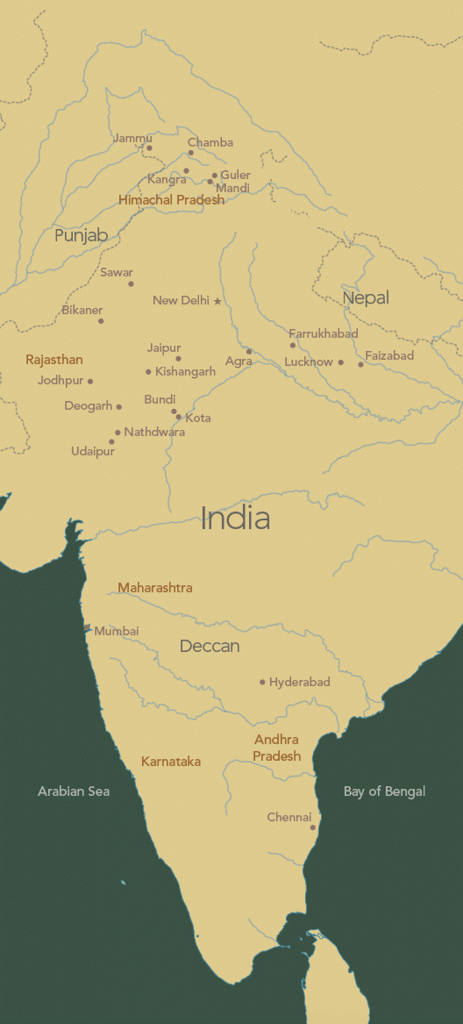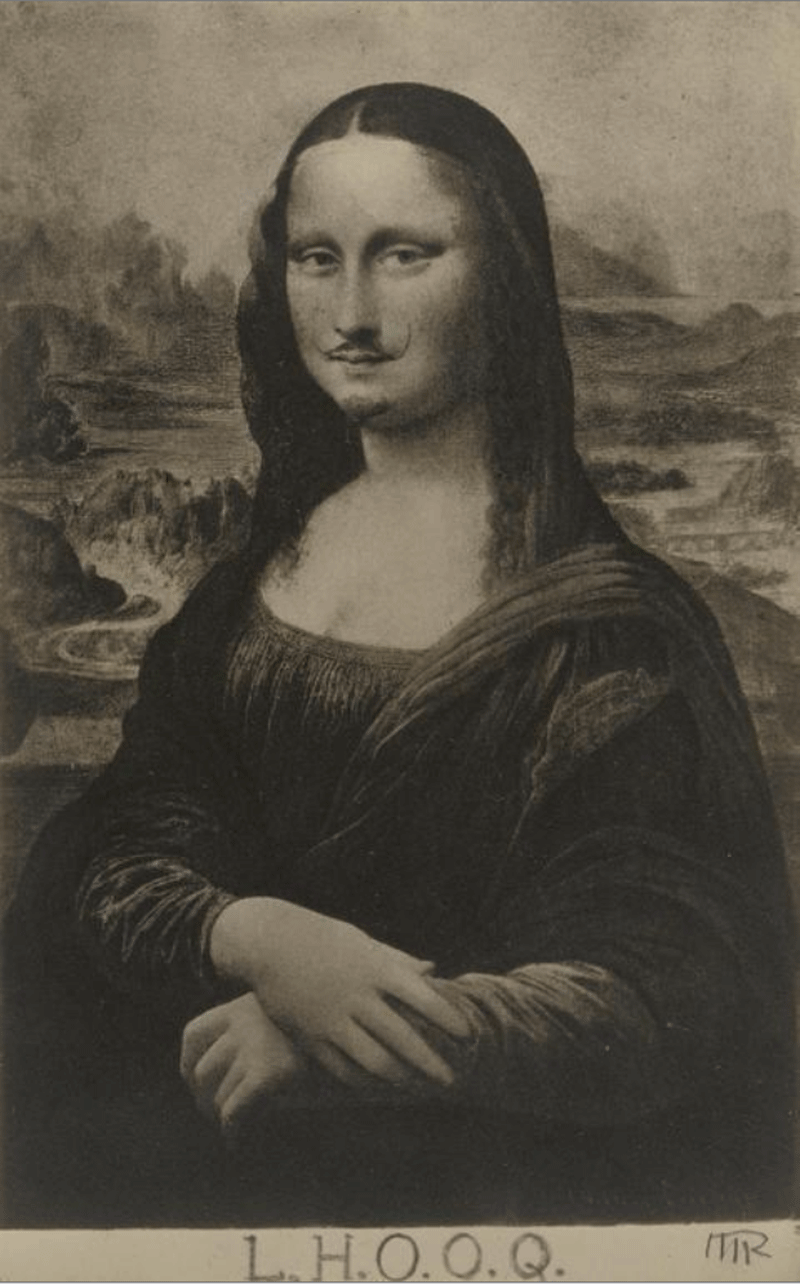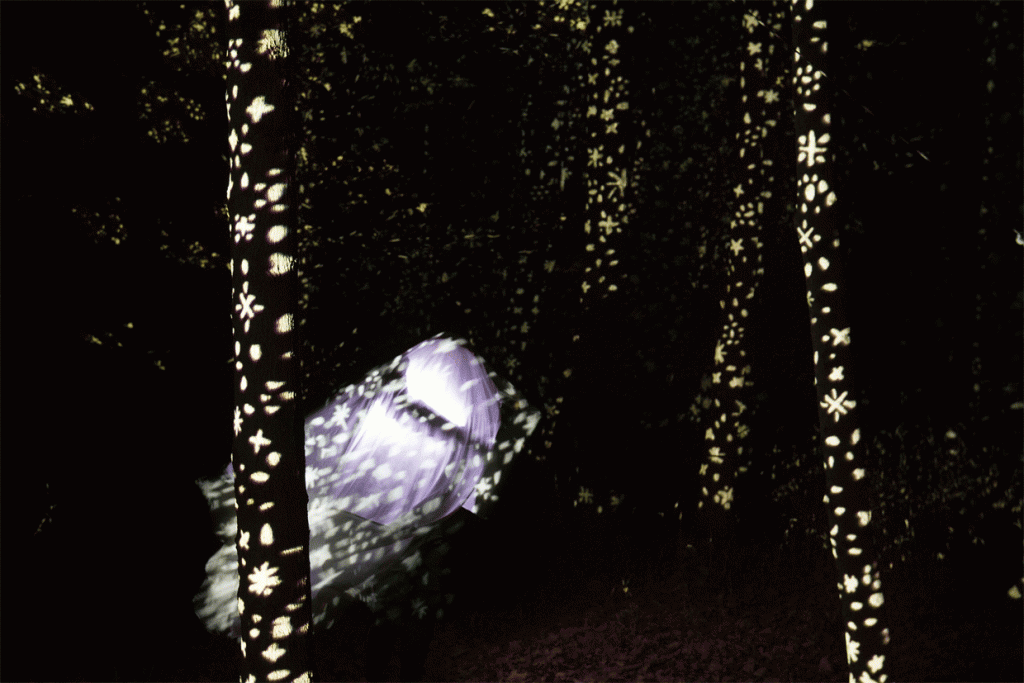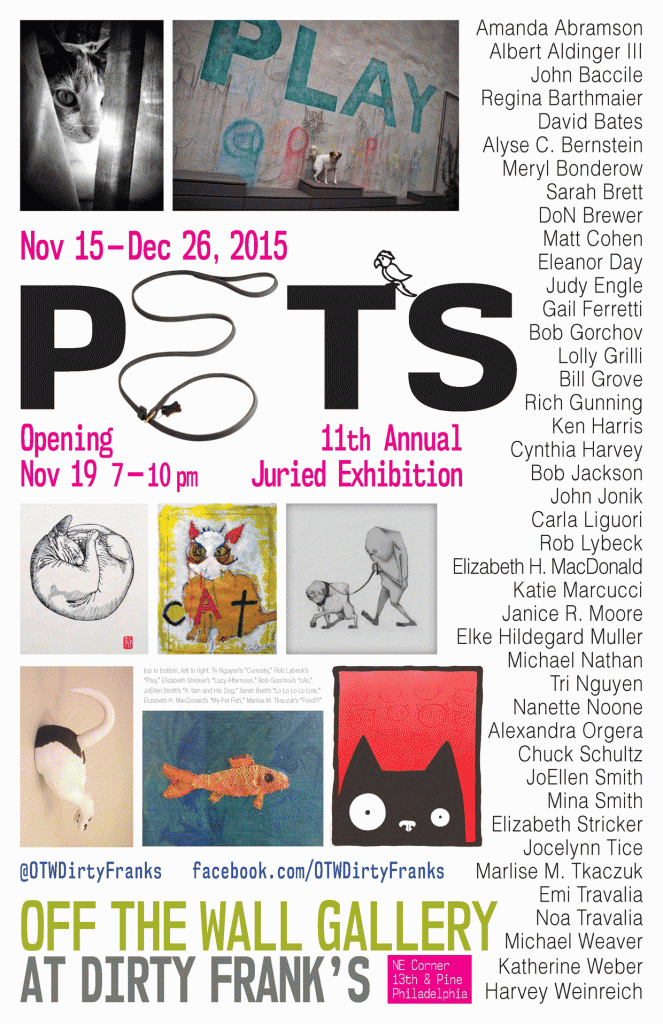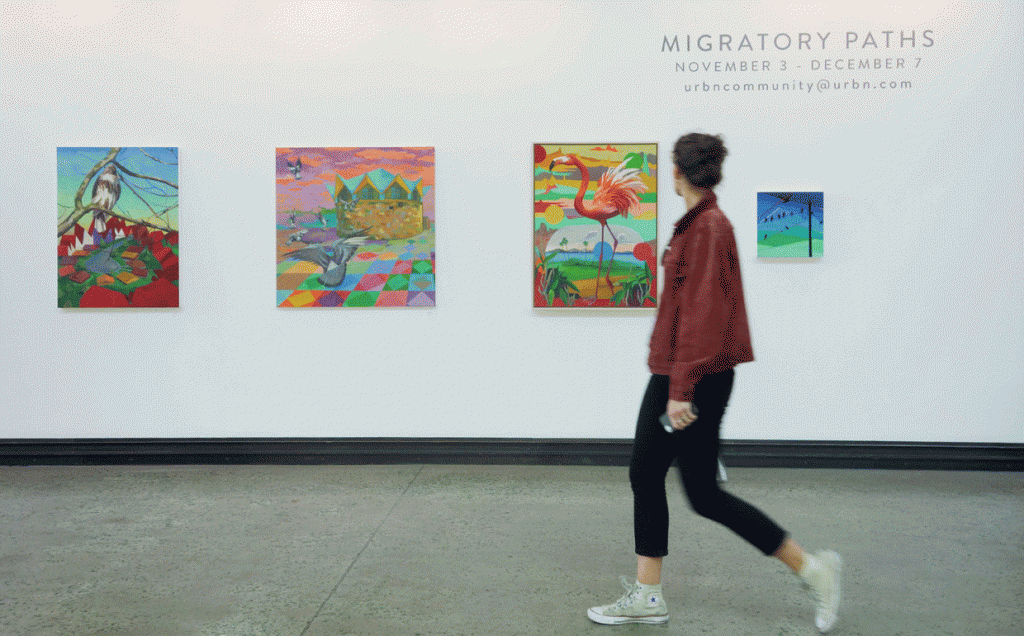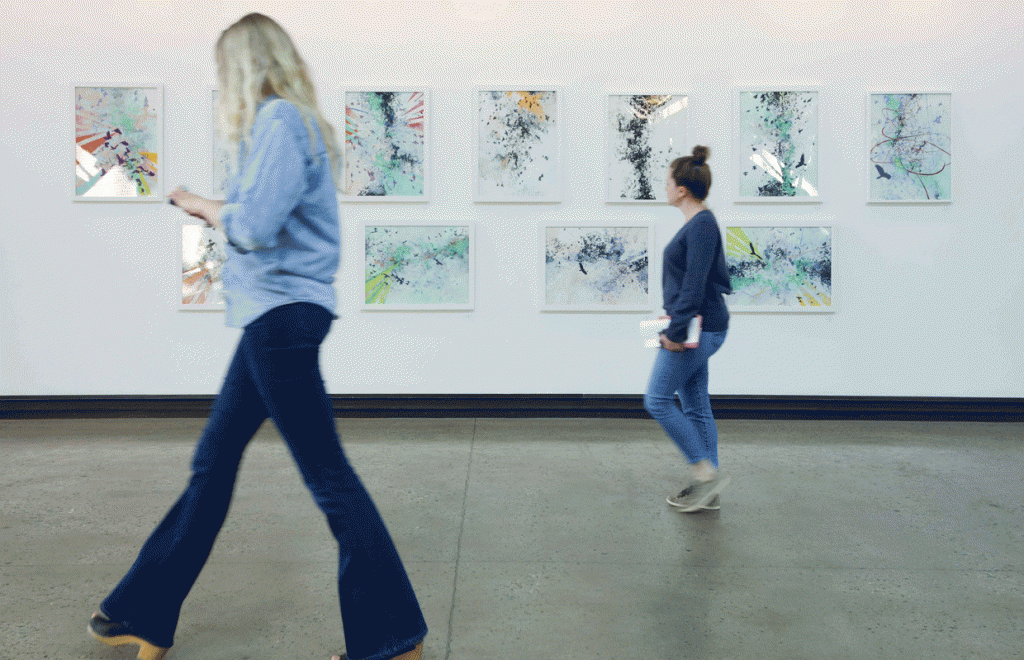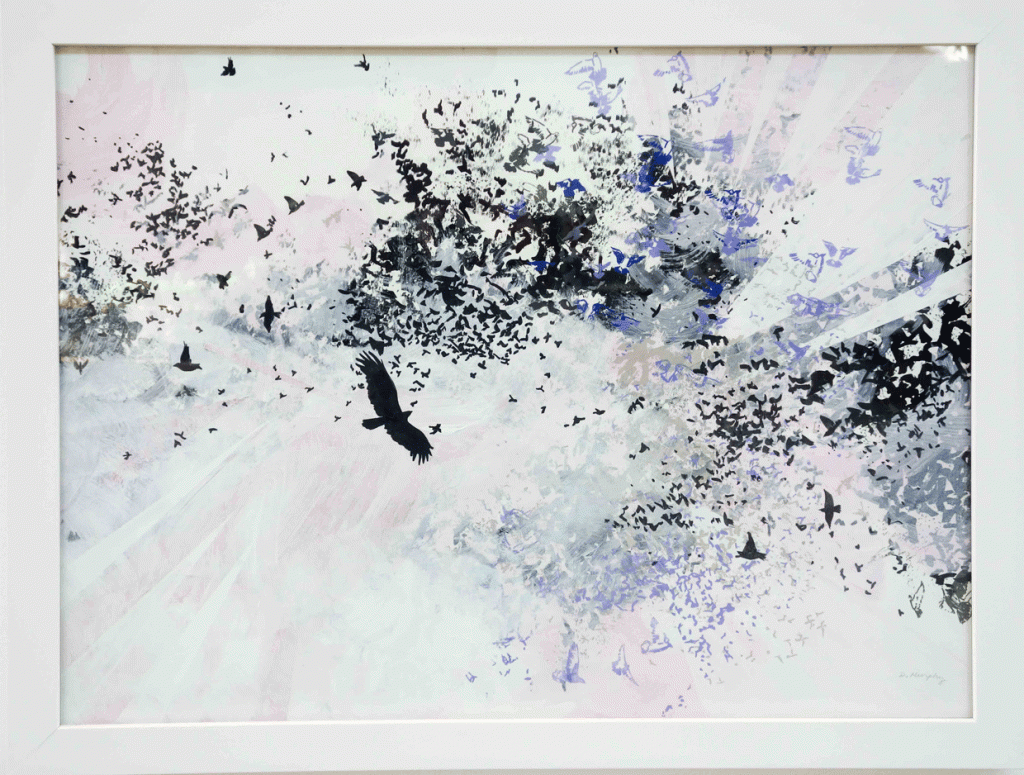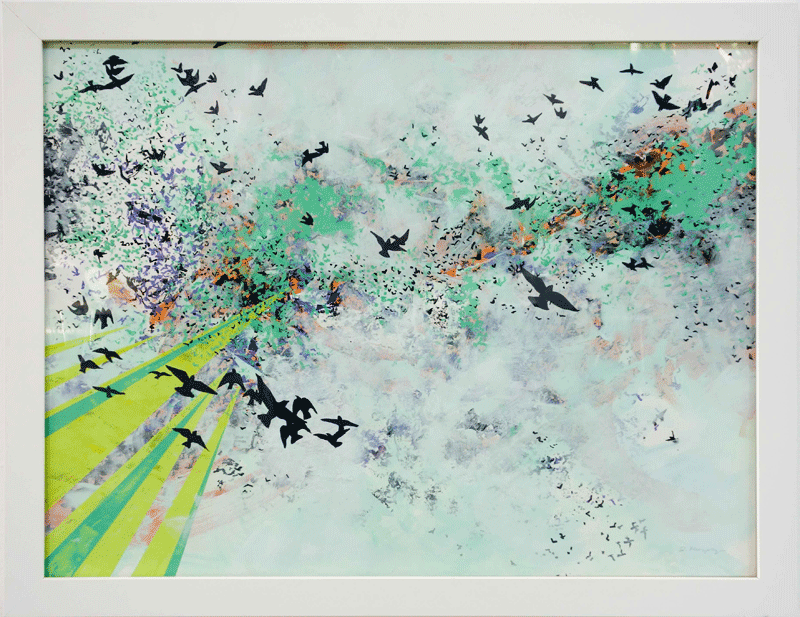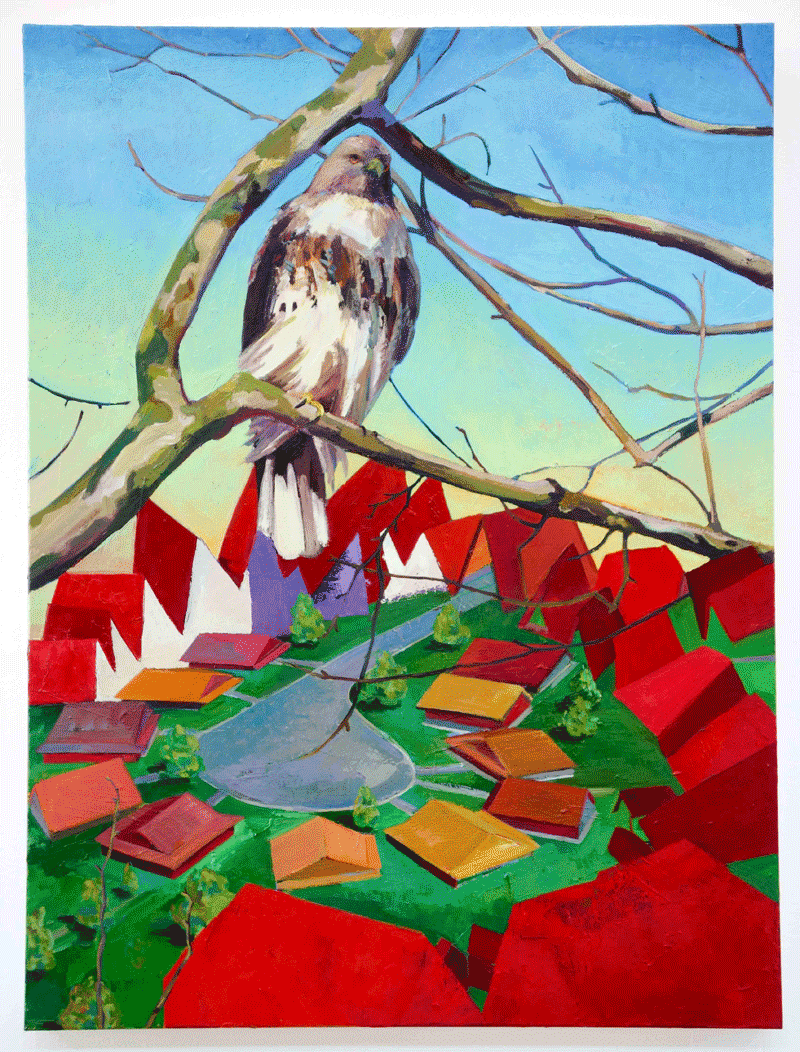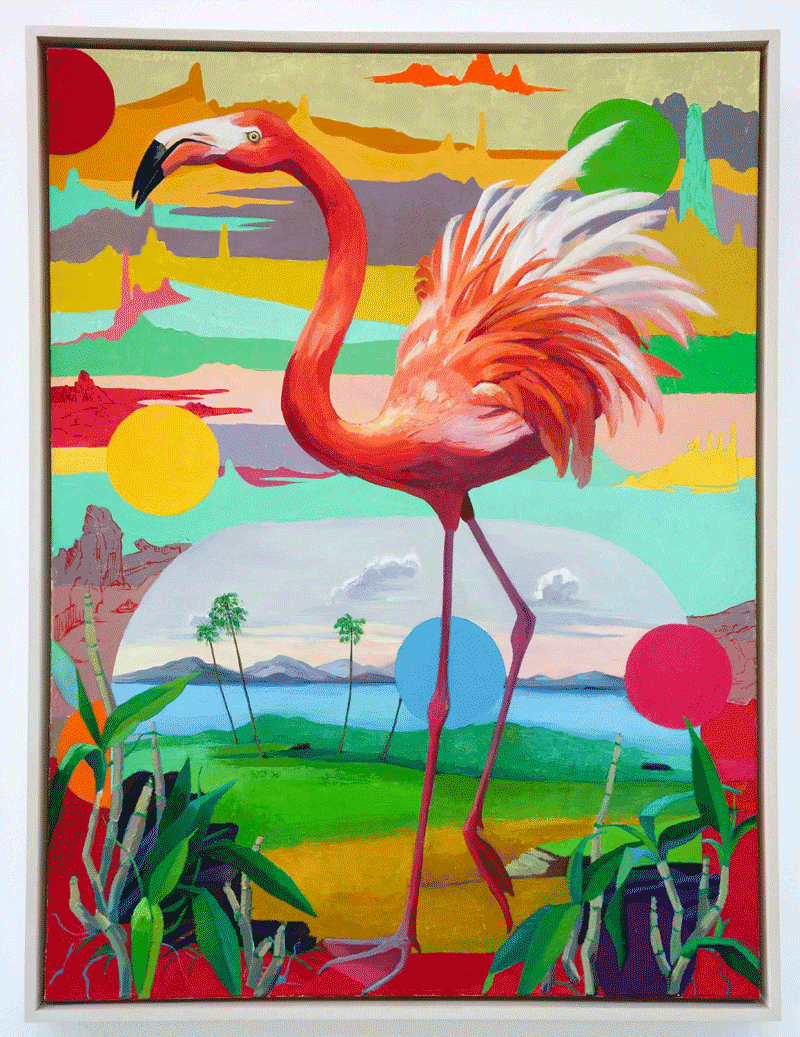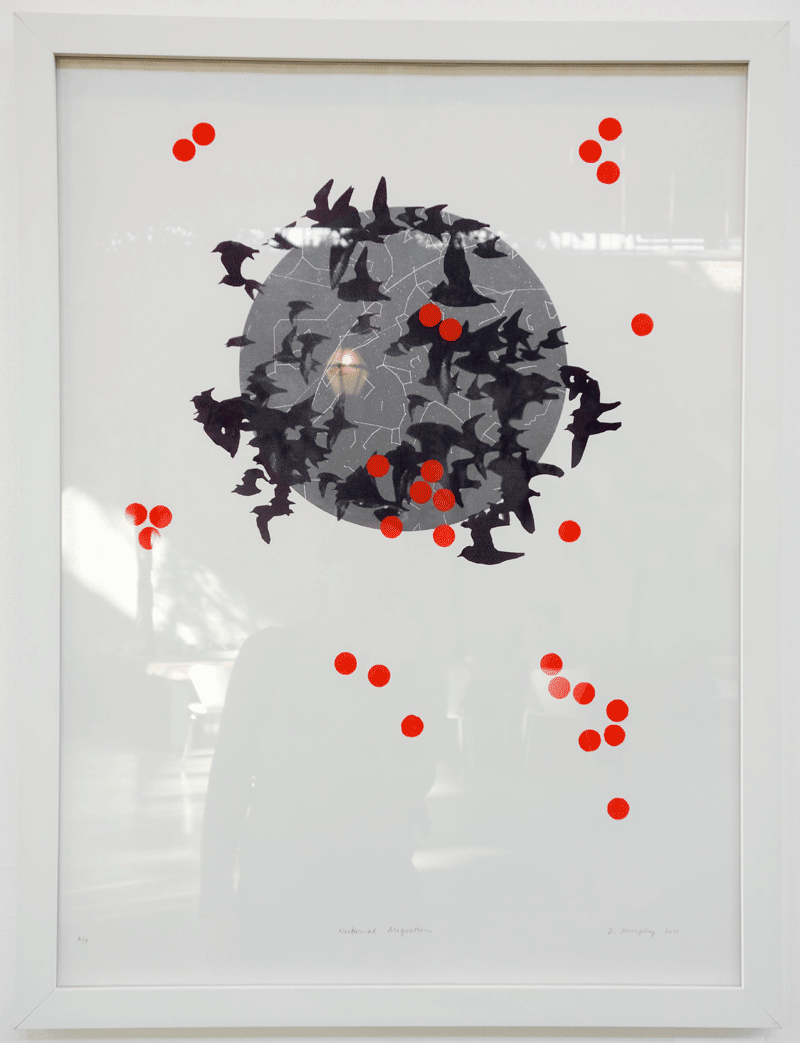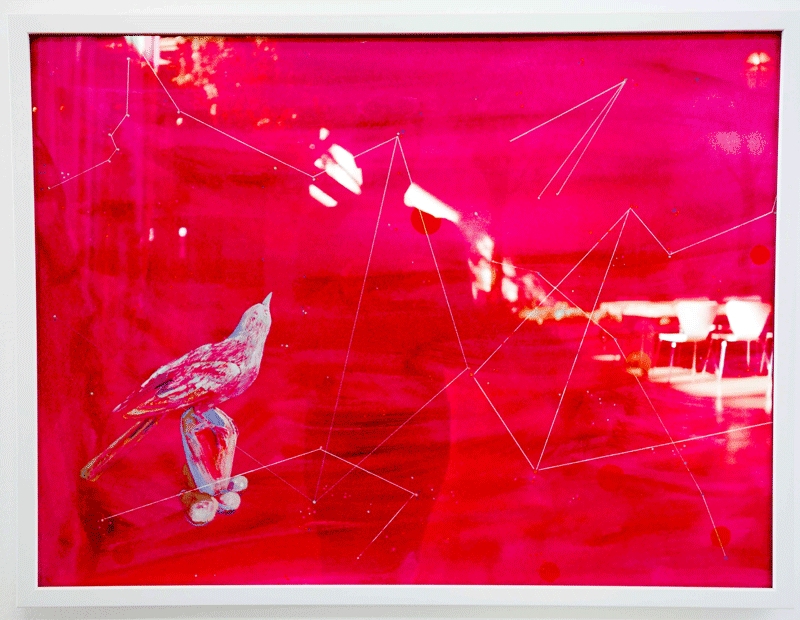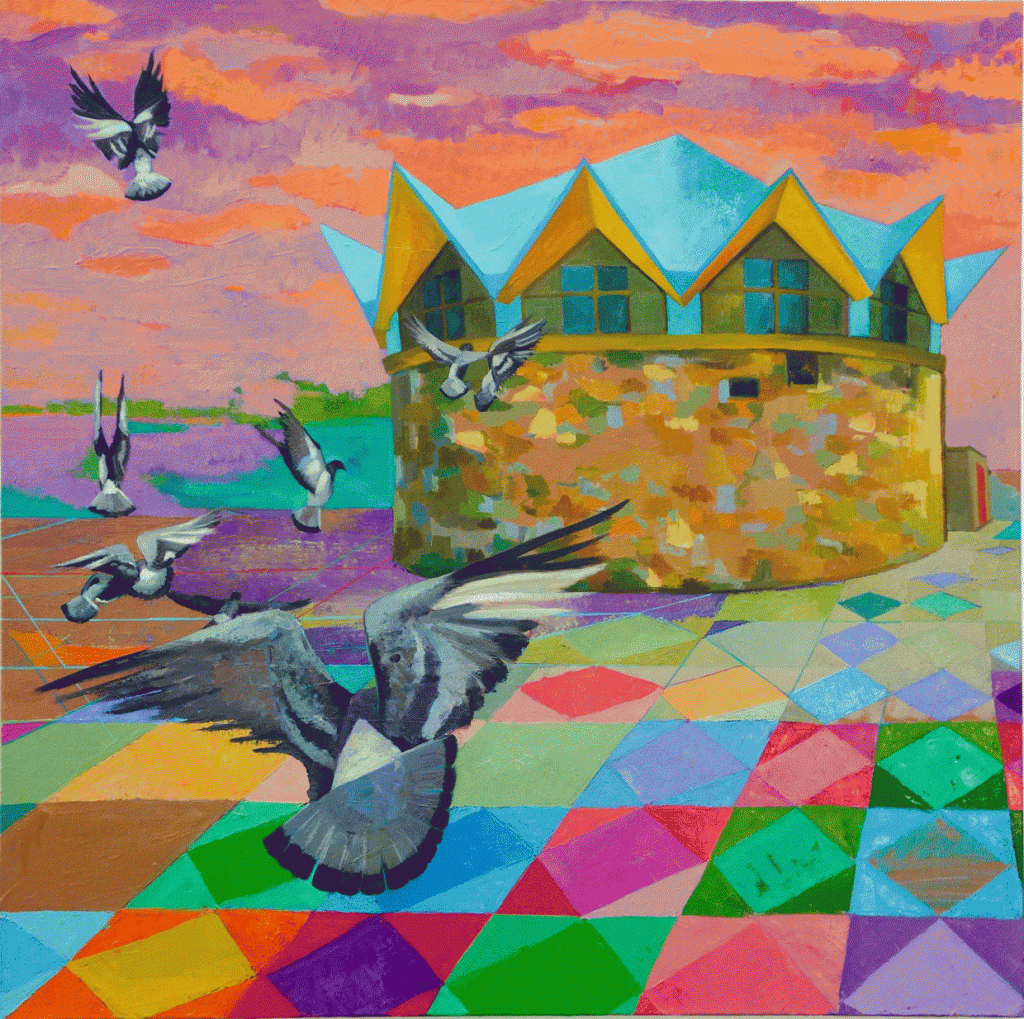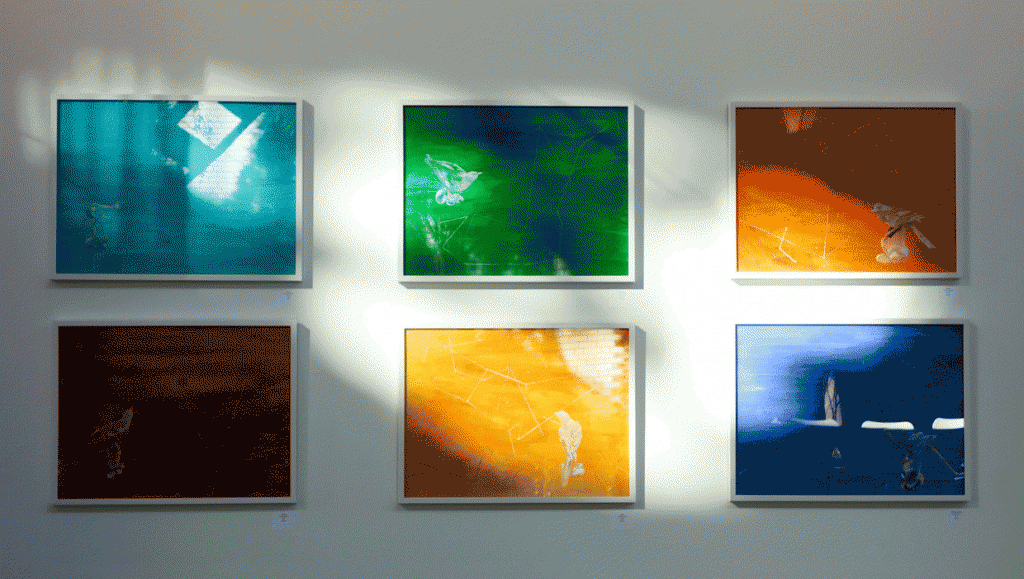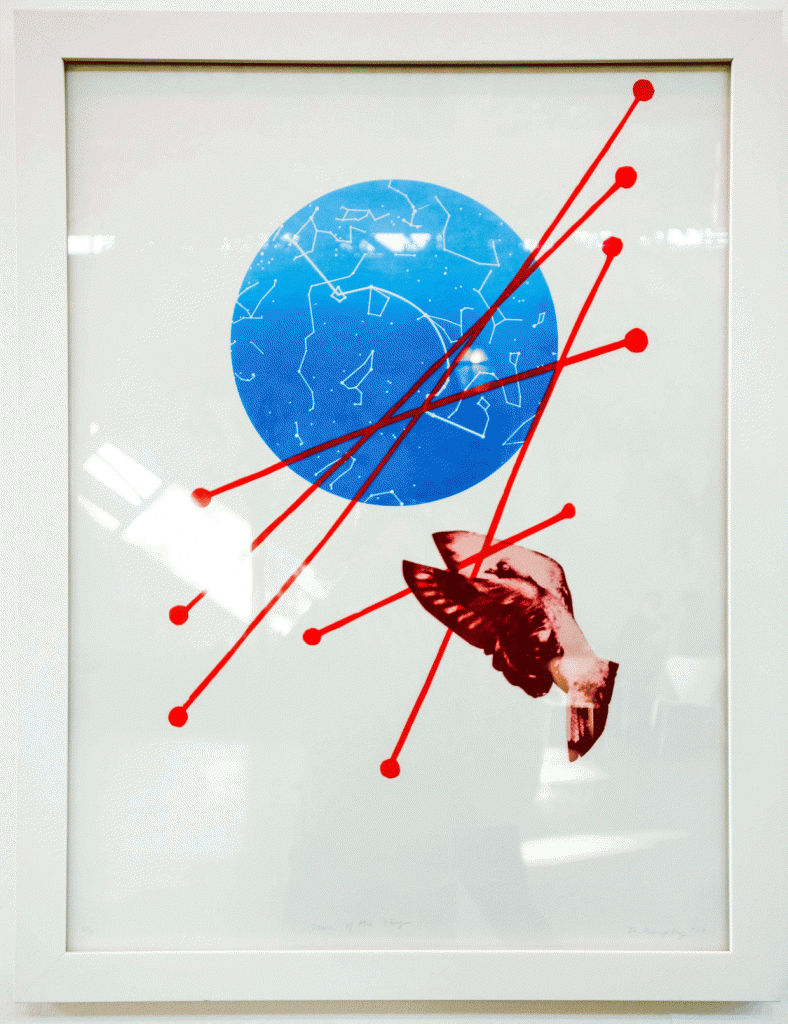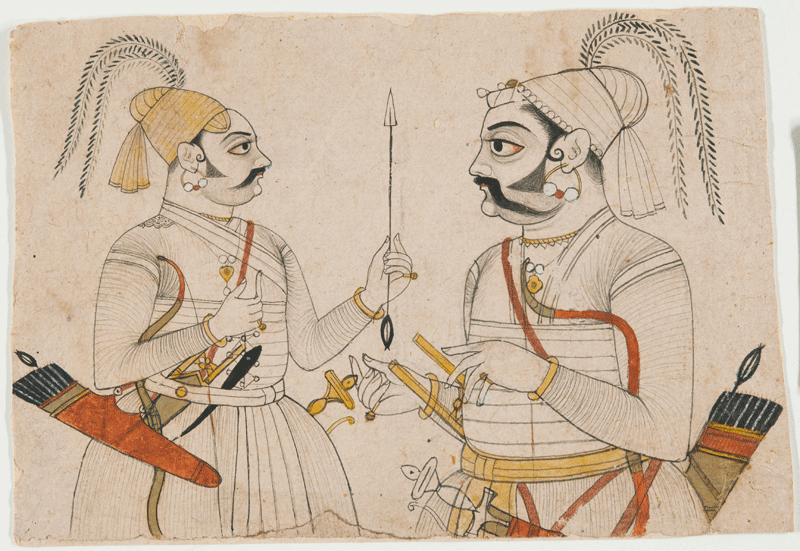 Two Archers, c. 1710‑1720, India (Rajasthan, Sawar), Brush and black ink, watercolor, and opaque watercolor on beige paper, mounted on paper, Philadelphia Museum of Art, The Conley Harris and Howard Truelove Collection of Indian Drawings, purchased with the Stella Kramrisch Fund for Indian and Himalayan Art, 2013
Two Archers, c. 1710‑1720, India (Rajasthan, Sawar), Brush and black ink, watercolor, and opaque watercolor on beige paper, mounted on paper, Philadelphia Museum of Art, The Conley Harris and Howard Truelove Collection of Indian Drawings, purchased with the Stella Kramrisch Fund for Indian and Himalayan Art, 2013
Drawn from Courtly India: The Conley Harris and Howard Truelove Collection
The Philadelphia Museum of Art is presenting an exhibition of rare and masterful drawings created in the workshops of royal Indian courts over the course of four centuries. Drawn from Courtly India: The Conley Harris and Howard Truelove Collection features a wide range of sketches, preparatory studies, and compositional drawings that vividly depict mythological themes, verdant landscapes and architectural settings, portraits of prominent rulers, and scenes from the lives of Indian nobility. The Museum acquired these important works in 2013, many as a gift, and is presenting the collection in this exhibition for the first time.
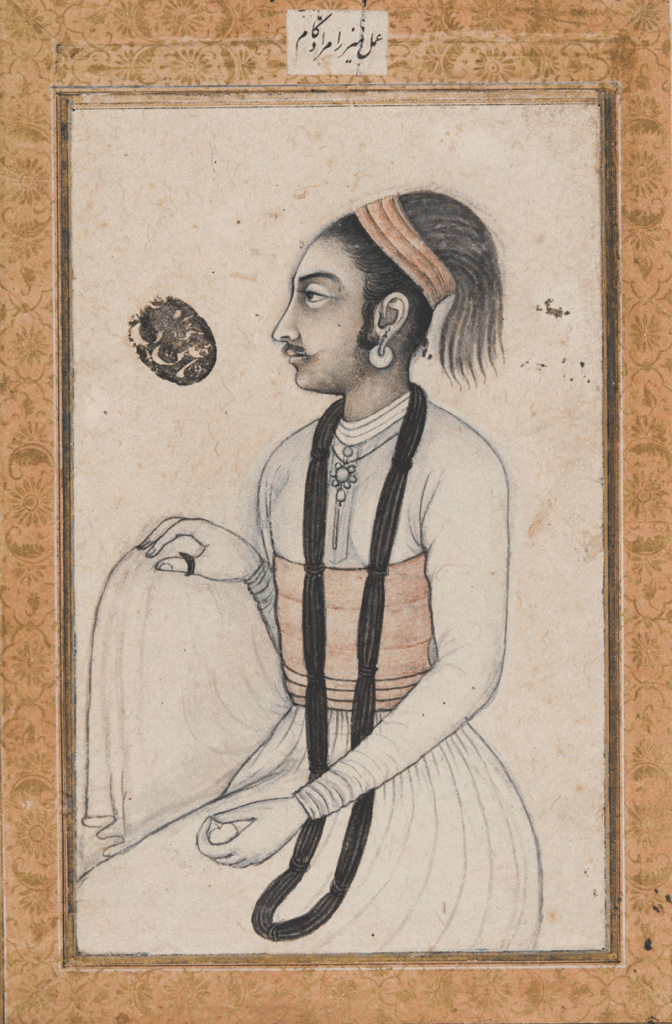 Portrait of a Seated Ruler Dressed for Ritual Practice, c. 1740, India (Rajasthan, Kishangarh), Brush and black ink and watercolor over charcoal with corrections by the artist in white opaque watercolor on beige laid paper on decorative mount, The Philadelphia Museum of Art, The Conley Harris and Howard Truelove Collection of Indian Drawings, 2013
Portrait of a Seated Ruler Dressed for Ritual Practice, c. 1740, India (Rajasthan, Kishangarh), Brush and black ink and watercolor over charcoal with corrections by the artist in white opaque watercolor on beige laid paper on decorative mount, The Philadelphia Museum of Art, The Conley Harris and Howard Truelove Collection of Indian Drawings, 2013
While Indian paintings have long been sought after by museums and individual collectors, there has been only a limited interest in drawings. Yet drawings may be wonderful works of art in their own right, yielding a remarkable amount of information about workshop practices and artistic process. Conley Harris, a landscape painter, and the late Howard Truelove, an architectural designer, shared a passion for drawing. They began collecting Indian drawings after being inspired by their travels throughout that country. The collection they assembled over the course of more than a decade provides new insights into the artistic practices of the royal workshops that developed over generations, and offers fresh perspectives on Indian painting. Many of the works to which these collectors were drawn were created during the eighteenth century in the Hindu courts of western India and the Himalayan foothills, an area including the present-day states of Rajasthan, Himachal Pradesh and Jammu-Kashmir.
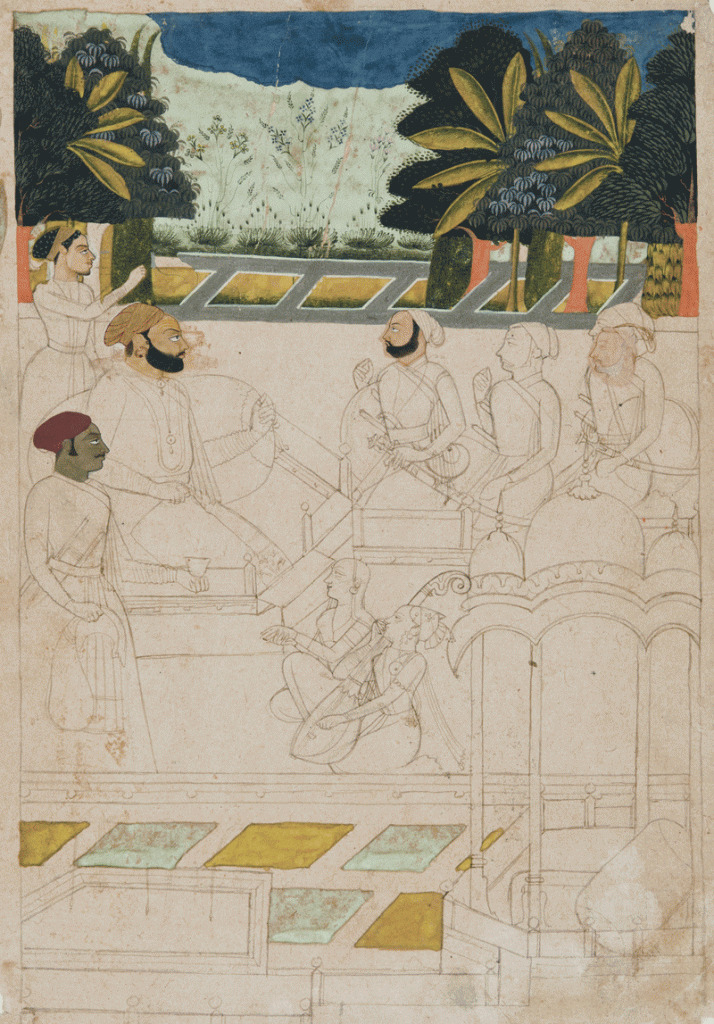 A Prince and Courtiers in a Garden, c. 1720‑1730, India (Rajasthan, Jodhpur), Brush and brown ink, metallic gold and silver paints, and opaque watercolor over traces of charcoal on beige laid paper,The Philadelphia Museum of Art, The Conley Harris and Howard Truelove Collection of Indian Drawings, 2013
A Prince and Courtiers in a Garden, c. 1720‑1730, India (Rajasthan, Jodhpur), Brush and brown ink, metallic gold and silver paints, and opaque watercolor over traces of charcoal on beige laid paper,The Philadelphia Museum of Art, The Conley Harris and Howard Truelove Collection of Indian Drawings, 2013
Timothy Rub, the George D. Widener Director and CEO, stated: “The ongoing development of the Museum’s collection has always represented our partnership with great collectors who have been as passionate as we are about sharing with everyone the finest works of art. In this regard we are especially fortunate to have acquired the marvelous collection assembled by Conley Harris and Howard Truelove, and we are enormously grateful to the collectors. This collection adds a new and important dimension to our holdings of Indian art, which is one of the most important in the country. It also enables us to bring to a broader audience this fascinating and delightful aspect of South Asia’s artistic heritage.”
The first section of the exhibition features a group of finished drawings and explores the relationship between court artists and their royal patrons. A second focuses on the innovative workshop process, examining how artists developed and revised drawings through techniques such as white wash corrections, color notations, and pouncing. The drawings in this section highlight not only the artists’ adept handling of the medium, they will also testify to the collaboration of artists employed within a hierarchical workshop structure, demonstrating how skills were conveyed from master to apprentice. A third section, dedicated to the key moment when brush first meets paper, calls attention to the expressive power of the expert brushstroke. The fourth and final section of the exhibition invites visitors to respond to the works on display by creating their own drawings using workshop techniques.
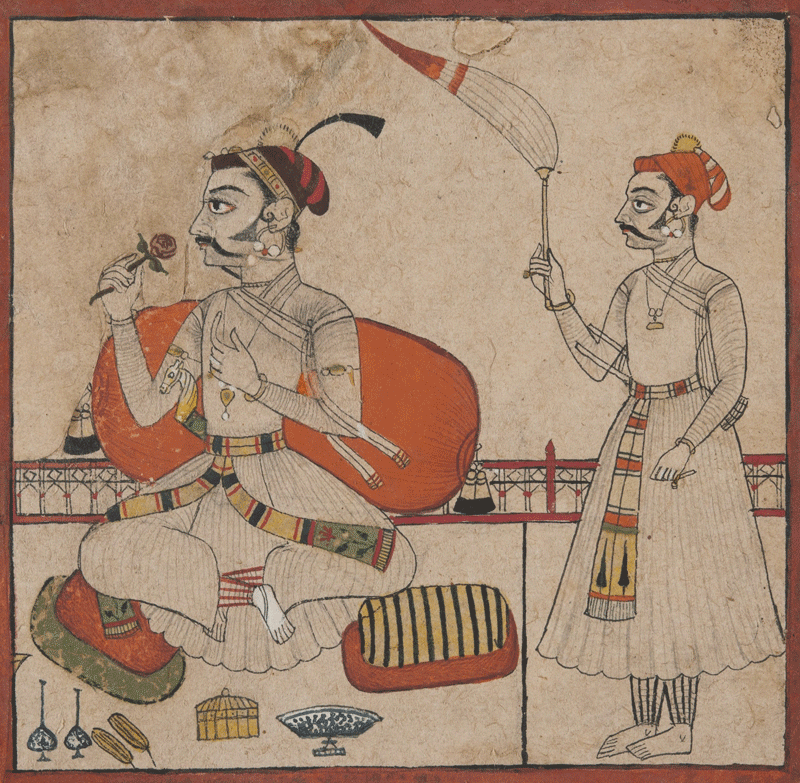 Raj Singh of Sawar with a Standing Courtier, c. 1710‑1720, India (Rajasthan, Sawar), Brush and black ink with white opaque watercolor on beige paper, The Philadelphia Museum of Art, The Conley Harris and Howard Truelove Collection of Indian Drawings, 2013
Raj Singh of Sawar with a Standing Courtier, c. 1710‑1720, India (Rajasthan, Sawar), Brush and black ink with white opaque watercolor on beige paper, The Philadelphia Museum of Art, The Conley Harris and Howard Truelove Collection of Indian Drawings, 2013
The exhibition is organized by Ainsley M. Cameron, the Museum’s Ira Brind and Stacey Spector Assistant Curator of South Asian Art. She stated: “These works offer new ways of looking and thinking about Indian courtly drawing. People tend to approach the study of paintings or drawings from the perspective of the patron because so many of the artists’ names are unknown, but we are exploring the perspective of the artist, as maker—the gesture of an artist’s hand, the spontaneity of line, and the process through which ideas are born.”
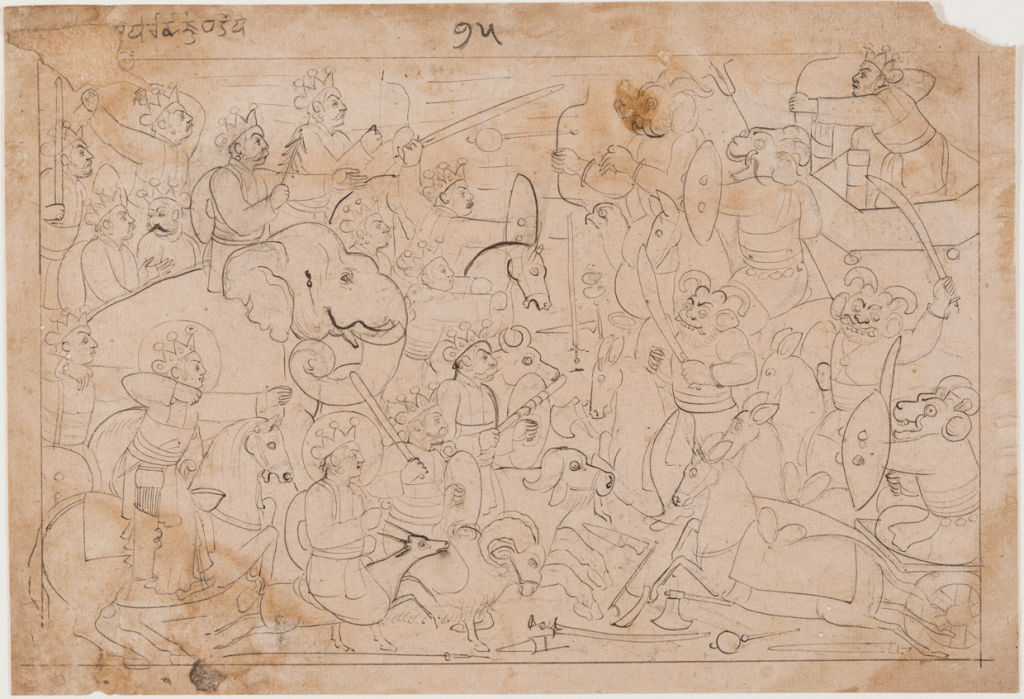 Battle Scene with Demons, c. 1740, Attributed to Manaku of Guler, India (Himachal Pradesh, Guler), Brush and black ink over charcoal with pen and red ink ruled line around perimeter on beige paper, The Philadelphia Museum of Art, The Conley Harris and Howard Truelove Collection of Indian Drawings, purchased with the Stella Kramrisch Fund for Indian and Himalayan Art, 2013
Battle Scene with Demons, c. 1740, Attributed to Manaku of Guler, India (Himachal Pradesh, Guler), Brush and black ink over charcoal with pen and red ink ruled line around perimeter on beige paper, The Philadelphia Museum of Art, The Conley Harris and Howard Truelove Collection of Indian Drawings, purchased with the Stella Kramrisch Fund for Indian and Himalayan Art, 2013
Publication: Drawn from Courtly India: The Conley Harris and Howard Truelove Collection
ISBN: 9780876332696
This volume presents the first in-depth survey of the Conley Harris and Howard Truelove Collection of Indian drawings (160 pps., 185 color illustrations; $35) and is co-published by the Philadelphia Museum of Art and Yale University Press, supported by a grant from Conley Harris. Comprised largely of works from the royal courts of North India, the 65 drawings in this collection, recently acquired by the Museum, were created between the sixteenth and nineteenth centuries and have never before been published. The majority of these drawings were preparatory models for the colorful paintings created by Indian court artists that have been widely collected and studied throughout the world. The major essay is written by Ainsley M. Cameron and uses the collection to survey the genre and explore the overarching themes of Indian drawing. Darielle Mason, the Stella Kramrisch Curator of Indian and Himalayan Art, introduces us to the collectors. In total, this catalogue highlights the assured draftsmanship of Indian artists, recognizes these drawings as consummate works of art in their own right, and celebrates the art of drawing.
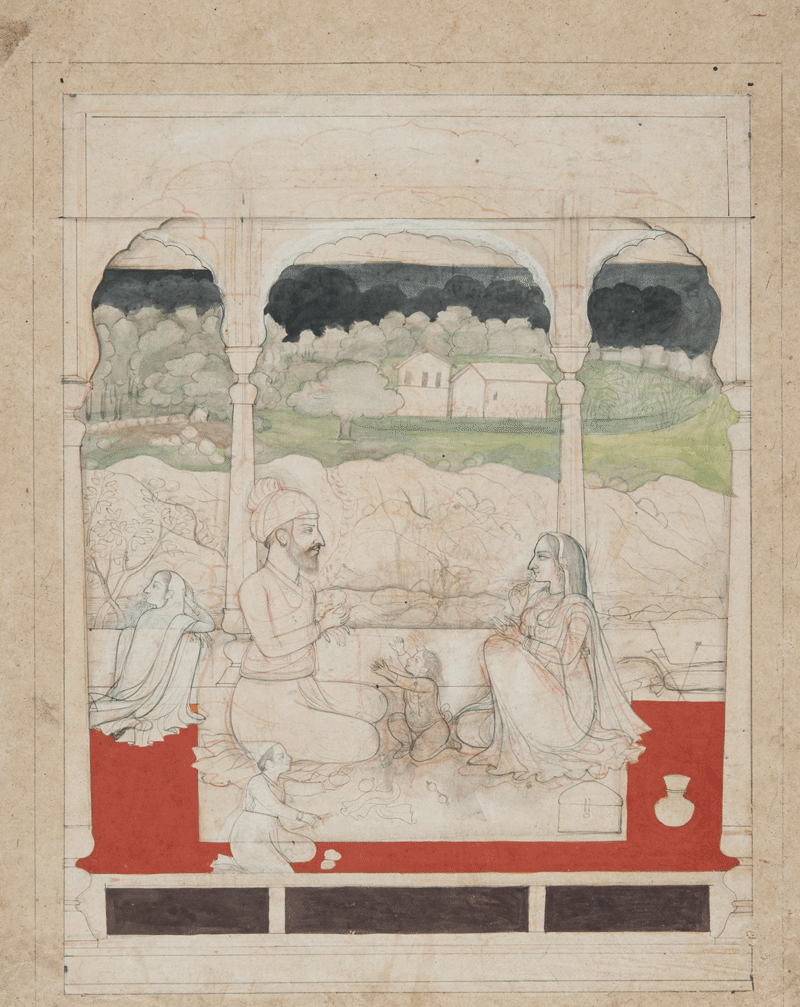 A Nobleman and His Family in a Pavilion, c. 1790, India (Himachal Pradesh, Kangra), Brush and black and red inks, watercolor, and opaque watercolor with corrections by the artist in white opaque watercolor on beige paper, Philadelphia Museum of Art, The Conley Harris and Howard Truelove Collection of Indian Drawings, purchased with the Stella Kramrisch Fund for Indian and Himalayan Art, 2013
A Nobleman and His Family in a Pavilion, c. 1790, India (Himachal Pradesh, Kangra), Brush and black and red inks, watercolor, and opaque watercolor with corrections by the artist in white opaque watercolor on beige paper, Philadelphia Museum of Art, The Conley Harris and Howard Truelove Collection of Indian Drawings, purchased with the Stella Kramrisch Fund for Indian and Himalayan Art, 2013
Support
Support for this exhibition is provided by The Pew Charitable Trusts and The Robert Montgomery Scott Endowment for Exhibitions. The publication is also generously supported by Conley Harris.
About Conley Harris and Howard Truelove
Based in Boston, artist Conley Harris (born 1945) is a former faculty member of the department of art and art history at the University of New Hampshire. Harris is known for his lyrical landscapes of New England and the American West. Howard Truelove (1946–2012) was an architectural designer and vice president of design at the firm KlingStubbins in Cambridge, Massachusetts. His interior-design work ranged from public spaces in major office buildings to universities and museums. Harris often uses works in their collection as a source of inspiration, creating paintings that not only absorb motifs from South Asian and Persian miniature paintings, but also play with the idea of multiple layers, the palimpsest found in artists’ working sketches and so creatively reinterpreting the historical drawings for a new generation.
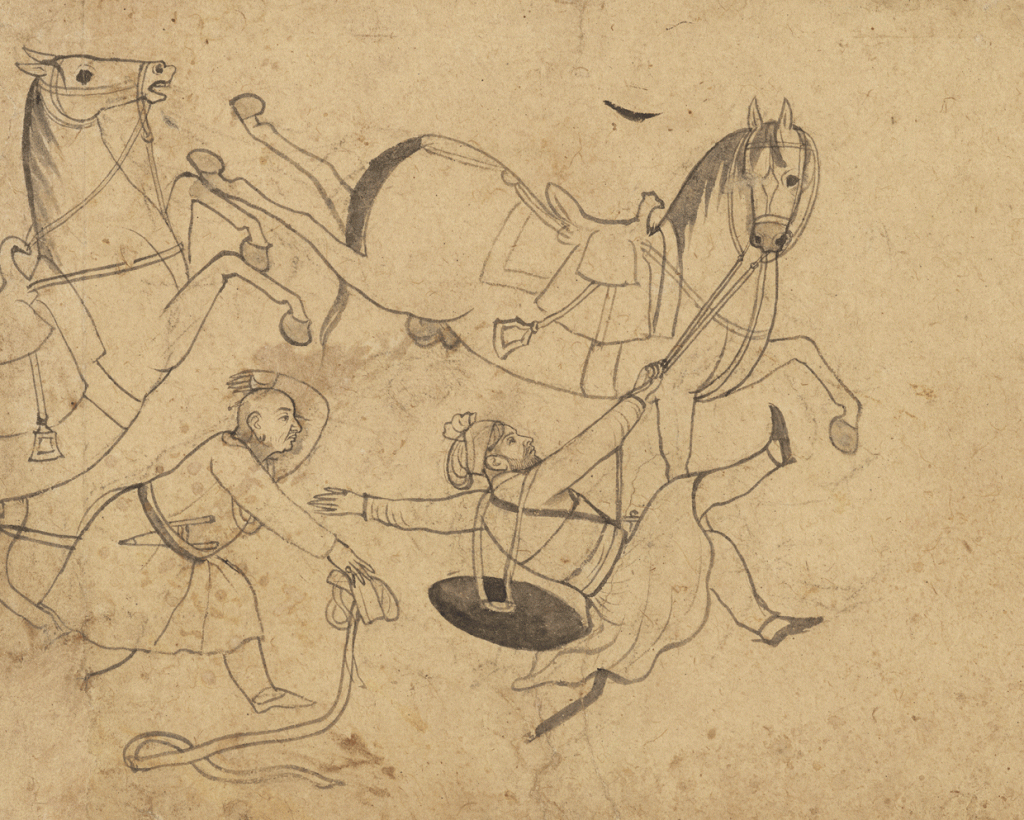 Men Falling from Their Rearing Horses, c. 1790, India (Himachal Pradesh, Guler), Brush and black ink over charcoal on beige laid paper, Philadelphia Museum of Art, The Conley Harris and Howard Truelove Collection of Indian Drawings, purchased with the Stella Kramrisch Fund for Indian and Himalayan Art, 2013
Men Falling from Their Rearing Horses, c. 1790, India (Himachal Pradesh, Guler), Brush and black ink over charcoal on beige laid paper, Philadelphia Museum of Art, The Conley Harris and Howard Truelove Collection of Indian Drawings, purchased with the Stella Kramrisch Fund for Indian and Himalayan Art, 2013
Curator
Ainsley M. Cameron, The Ira Brind and Stacey Spector Assistant Curator of South Asian Art
Location
Special Exhibitions Gallery, first floor, Perelman Building
Exhibition hours
Tuesday through Sunday: 10:00 a.m.–5:00 p.m., Wednesdays and Fridays until 8:45 p.m.
Exhibition tour dates
Philadelphia Museum of Art, December 6, 2015–March 27, 2016
The Nelson-Atkins Museum of Art, November 2016–March 2017
Social Media Facebook and Twitter: philamuseum; Tumblr: philamuseum; YouTube: PhilaArtMuseum; Instagram: @philamuseum
The Philadelphia Museum of Art is Philadelphia’s art museum. We are a landmark building. A world-renowned collection. A place that welcomes everyone. We bring the arts to life, inspiring visitors—through scholarly study and creative play—to discover the spirit of imagination that lies in everyone. We connect people with the arts in rich and varied ways, making the experience of the Museum surprising, lively, and always memorable. We are committed to inviting visitors to see the world—and themselves—anew through the beauty and expressive power of the arts.
Thank you to The Philadelphia Museum of Art for the content of this post.
Read the press release for Picture This: Contemporary Photography and India at DoNArTNeWs
Like Philadelphia Museum of Art of facebook
Like DoNArTNeWs Philadelphia Art News Blog on facebook
Follow the new DoNArTNeWs.com
Follow DoN on Twitter @DoNNieBeat58
DoNArTNeWs on Tumblr
@donniebeat on Instagram
Affiliate Marketing [disclosure page] Shop on-line and help support DoNArTNeWs
Donate via safe and secure PayPal in the sidebar.

